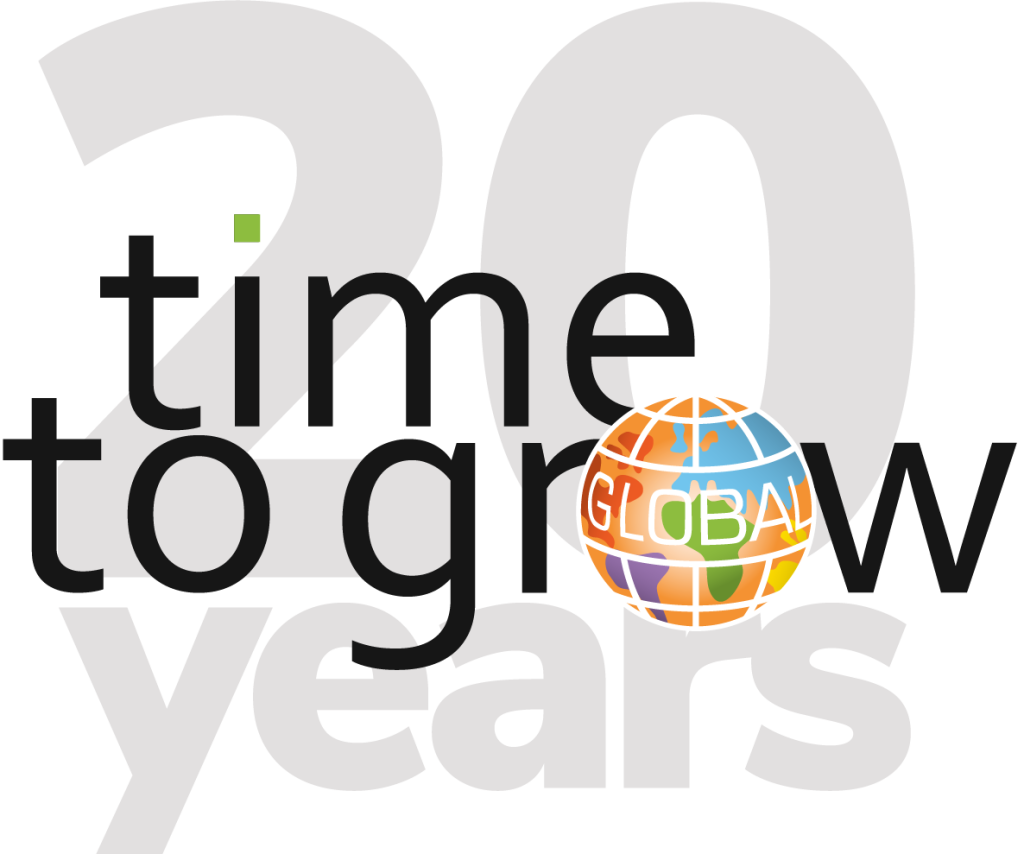One of the best parts of my job is the chance it affords me to move between different cultures, to immerse myself completely in distinct ways of thinking and operating.
Now that I’ve based myself as a facilitator of executive team retreats in Dubai, I have had so many amazing chances to discover the various ways people interact, how they perceive challenges, and how they envision possibilities together.
The technical term is “culture,” but I feel the informal industry description captures it better. Around here, there, or anywhere I go, it’s simply “how we get things done.”
Do Cookie-Cutter Cultures Exist?
Of course, most of the teams we work with at TTGG are very international. While I’m familiar with the many studies that have explored different cultures’ characteristics, I’ve never found myself in one that fits the cookie-cutter textbook categories.
I’m thinking about the work of organizational development expert Hofstede as I write this. I can’t cover everything his (now quite dated) studies uncovered, but his research found several key characteristics you might recognize from experience:
- Collectivism is a concept describing how some cultures value closeness and common goals. A community, society, or team that is high in collectivism tends to prioritize “the greater good” above individual interests or needs. This should become a bit clearer when I describe…
- Individualism: the idea that each person’s goals, wants, and drives come over and above what matters for the majority. For instance, a stereotypical leader in a highly individualistic culture might prioritize their career progression over their team’s shared success.
- Power distance: Very roughly, Hofstede used this term to refer to how much people tend to recognize, respect, or even fear those with authority. An employee in a high power distance culture might hesitate or hold back from challenging their boss, while a child in a low power distance culture might have no qualms about disobeying certain parental rules.
There’s a lot more to Hofstede’s studies, but as I mentioned, you’ll rarely come across a culture that totally fits the mold. Besides, the important point is that it’s not how we differ that matters.
What matters is how we use those differences.
What Matters, Then?
As an organizational consultant, success means I’ve empowered a team to achieve their goals. Not in spite of the differences they uncover, but because they can recognize and leverage them to their advantage.
In addition to what I’ve mentioned about national cultures, there’s a whole lot more to consider as I talk about “differences.” Every team member is a unique mosaic; so many things shape us:
- Our experiences: professional and personal successes and failures, past and current challenges, circumstances, and environments. What we’ve learned through education, work, life, or the hard way through trial and error.
- Beliefs and values: what we are raised or choose to consider important, meaningful, and which ultimately shape our goals and behavior
- Other people: Role models, parents, teammates, or anyone who influences us—regardless of how aware we are of their impact
- Personality traits: For example, how comfortable we are with things like risk, change, and uncertainty. Or how open we are to our own and others’ emotions.
- Influencing styles: We all have certain tendencies when interacting with others; maybe we’re naturally passive or more inclined to take the lead. Perhaps we’re more focused on getting things done or more concerned with maintaining harmony in our teams.
- Self-awareness: This is a pervasive factor—consider all the above, and you’ll realize that you’re more aware of some elements than you are of others. You might know what experiences have shaped you, but not that others see you as a more passive communicator.
So, how do you leverage your differences, using them as strengths rather than as weaknesses?
For more teams than you might realize, the answer is so simple.
Here’s what I’ve learned from facilitating countless leadership team retreats in Dubai – it’s about setting aside time to spend together.
What Does Time Have To Do With It?
We work in increasingly global environments, especially in the wake of COVID. Your team might be more international than ever before, but you probably haven’t connected with most of the people you work with.
Sure, you’ve chatted online over Zoom.
You’ve had Google Meets and Skype conversations.
But you’ve never spent time (or you rarely spend time) face-to-face, getting to know them on a personal level.
And quality time is exactly what it takes to foster closeness so you can understand your differences and start to leverage them.
It’s also how you learn, set goals, and start to strategize—often much more efficiently than when you’re far apart in your respective offices.
I’ve often spoken about the need for leaders to get together and talk pure strategy, but connections are another huge part of why things work so much better when we’re face to face.
It’s something I’d invite you to think about this week: the fact that no matter what your team size, it’s pivotal that you set aside some time to spend together.
Do you do that as often as you feel you could?
When’s the last time you invested time and resources to just…come together?
I’m always curious to know what goals your leadership team has when they get together. Drop me a DM on LinkedIn ⬇️ or send me an email: govert [at] timetogrowglobal.com – let’s chat!

Govert is Time To Grow Global’s Managing Partner, specializing in Strategy Facilitation, Leadership development and Organisational performance. Reach him on our Time To Grow Global LinkedIn.


